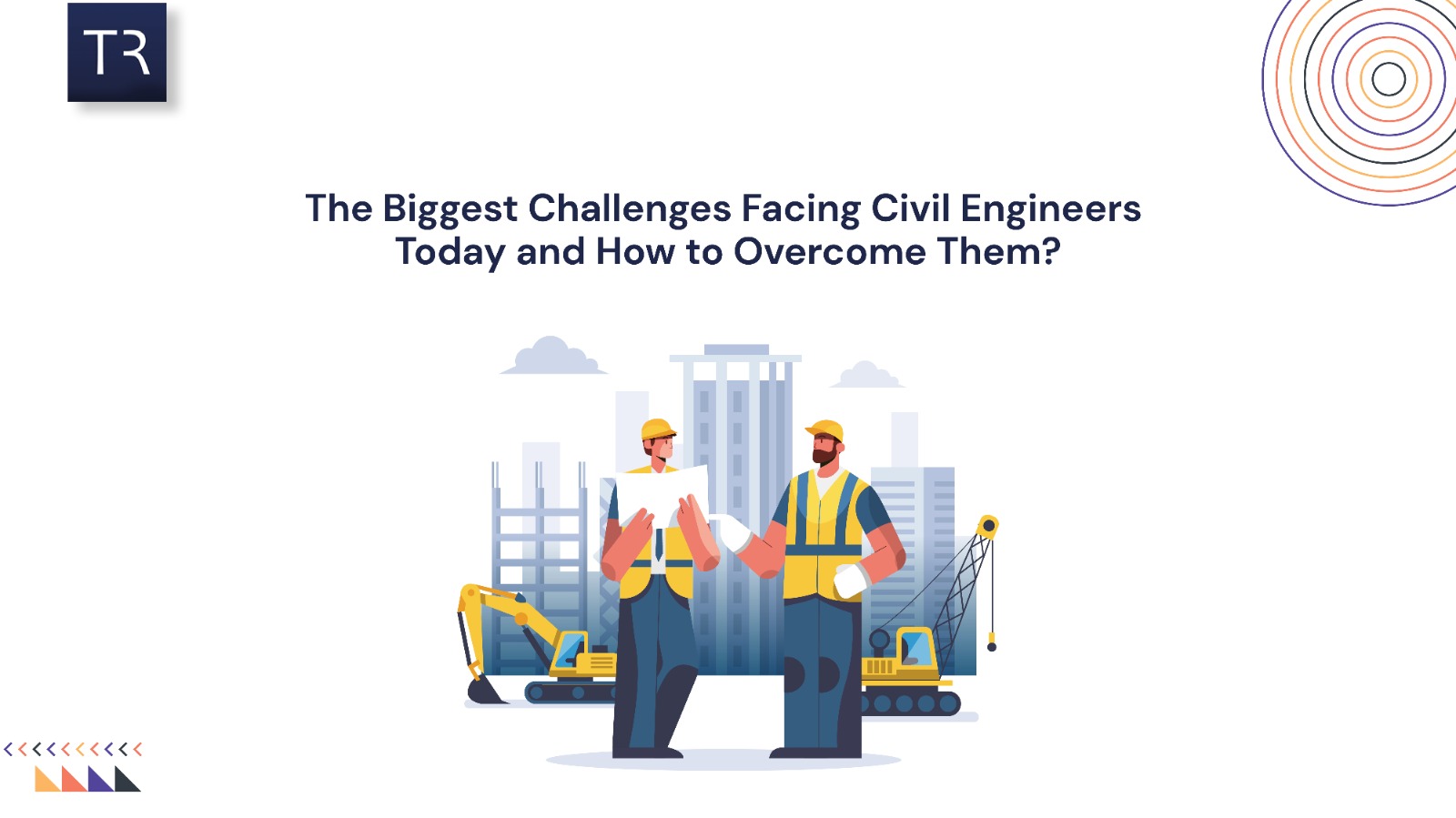Physical address:
573 Hutchinson Ln, Lewisville, TX 75077, USA.
Civil engineering is the backbone of modern society, responsible for creating and maintaining the infrastructure that supports our daily lives. However, the field faces numerous challenges that can hinder progress if not properly addressed. This article explores the biggest challenges civil engineers face today and offers practical solutions to overcome them.
Growing Demand for Infrastructure Development
Population Growth and Urbanization
The rapid increase in global population and urbanization puts immense pressure on existing infrastructure. Roads, bridges, and public utilities must be expanded and upgraded to accommodate growing needs.
Solution:
- Prioritizing smart urban planning.
- Implementing public-private partnerships for funding.
- Using data-driven planning to anticipate future demands.
Aging Infrastructure
Many developed nations struggle with outdated infrastructure that requires maintenance and renovation.
Solution:
- Implementing proactive maintenance strategies.
- Utilizing innovative rehabilitation techniques.
- Allocating dedicated budgets for long-term infrastructure sustainability.
Sustainability and Environmental Concerns
Green Building Practices
Sustainable construction is becoming a necessity, with an increasing focus on eco-friendly materials and energy-efficient designs.
Solution:
- Encouraging the use of recycled and sustainable materials.
- Designing energy-efficient structures.
- Adopting LEED certification standards.
Reducing Carbon Footprint
Construction activities contribute significantly to global carbon emissions.
Solution:
- Utilizing renewable energy in construction.
- Implementing carbon capture technologies.
- Promoting sustainable transportation methods.
Other articles you may find interesting
Rapid Technological Advancements
Implementing AI and Automation
Technology is revolutionizing civil engineering, with AI and automation streamlining design and construction processes.
Solution:
- Investing in AI-driven project management tools.
- Using drones for site surveys and inspections.
- Integrating automation in construction processes.
Digital Twin Technology
Digital twins allow engineers to create virtual replicas of structures for real-time analysis and maintenance planning.
Solution:
- Implementing BIM (Building Information Modeling) in all projects.
- Enhancing data analytics capabilities.
Budget Constraints and Project Delays
Managing Project Costs Efficiently
Budget overruns are a common issue in civil engineering projects.
Solution:
- Utilizing cost estimation software.
- Optimizing supply chain management.
- Implementing lean construction practices.
Overcoming Bureaucratic Hurdles
Regulatory approvals and red tape can delay projects significantly.
Solution:
- Establishing streamlined approval processes.
- Strengthening government-private sector collaboration.
Conclusion
Despite the many challenges civil engineers face, innovative solutions and technological advancements are paving the way for a more efficient and sustainable future. By adopting smart planning, embracing new materials, and leveraging digital tools, civil engineers can overcome these hurdles and continue shaping the world for generations to come.
FAQs
1. What are the most significant challenges in civil engineering today?
The biggest challenges include infrastructure demand, sustainability, workforce shortages, climate resilience, and project management complexities.
2. How can civil engineers make construction more sustainable?
By using eco-friendly materials, adopting energy-efficient designs, and reducing carbon emissions during construction.
3. What role does technology play in modern civil engineering?
Technology, such as AI, automation, and digital twin technology, improves efficiency, reduces costs, and enhances project management.
4. How can civil engineers mitigate project delays?
By improving planning, using cost estimation tools, and streamlining regulatory approvals.
5. What is the future of civil engineering?
The future lies in smart cities, resilient infrastructure, and advanced construction techniques like 3D printing and AI-driven automation.


